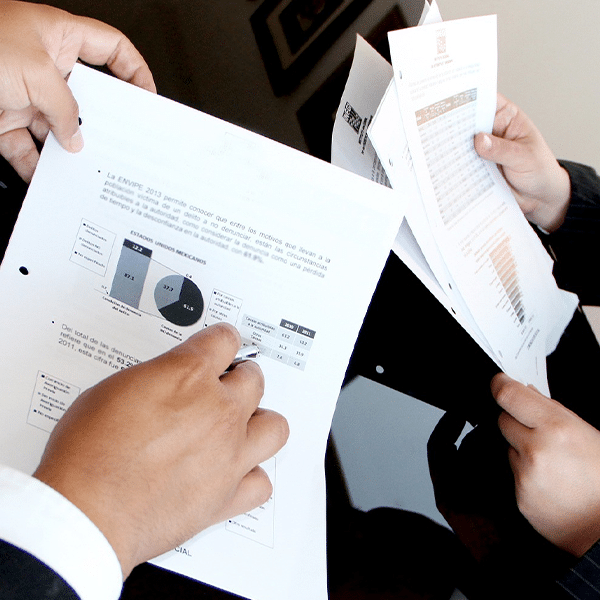Ninety-four ISPs added wired broadband plans costing $60 per month or less during the fourth quarter of 2020, according to a new broadband price report from BroadbandNow. The research used the FCC broadband definition of 25 Mbps downstream and 3 Mbps upstream.
According to the researchers, 70% of Americans now have access to low priced wired broadband plans, which is 18% more than in the fourth quarter 2019 report.
Broadband Price Report
BroadbandNow says that 78% of Americans have service at speeds of 100/25 Mbps available to them, but only a portion of these are low-cost. Only 30% have access to low-cost plans at that speed.
Rhode Island offers the faster low cost plans to the highest percentage of its population.
Alaska joined the ranks of states with access to low priced plans, though only 1% of the population has this access. This means that at least some people in all 50 states and the District of Columbia have access to low priced plans.
Broadband providers also are making progress on latency: 21 states saw latency improve or remain steady compared with the third quarter. New Jersey has the least latency and Hawaii the greatest. “As reported in our Q3 report, latency trends continue to have a significant impact on two-way video conferencing, which millions of Americans are still relying on for both work and school,” said the posting about the BroadbandNow broadband price report.
The organization noted that the change in administrations and the related change atop the FCC will likely lead to “major policy shifts at the federal level” this year.
The report, “The State of Broadband in America, Q42020,” is based on data from more than 2,000 ISPs.
Last January, BroadbandNow reported that 61% of the U.S. population had access to low-priced wired broadband during the fourth quarter of 2019.
The organization also said at that time that there were 16 states in which 70% or more of the population had access to a low cost plan and three states where such a plan was available to 80% of the population. There were five states in which 9% or less had such access.



